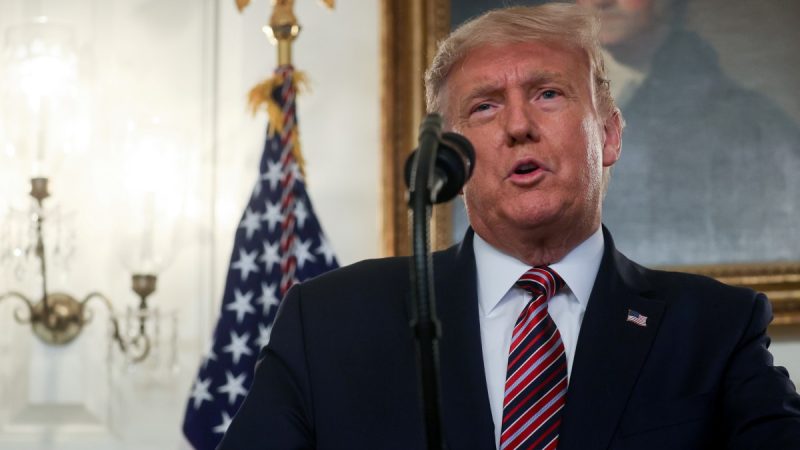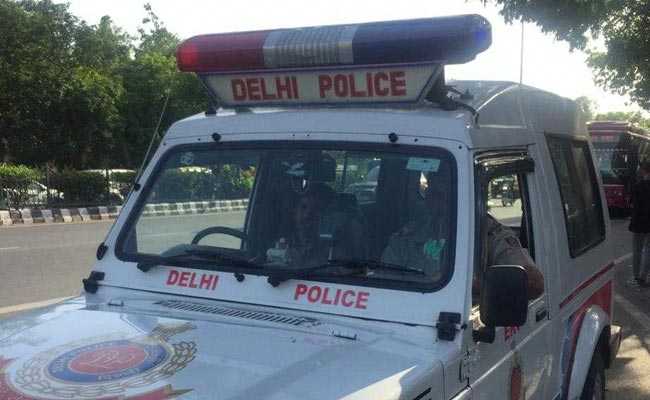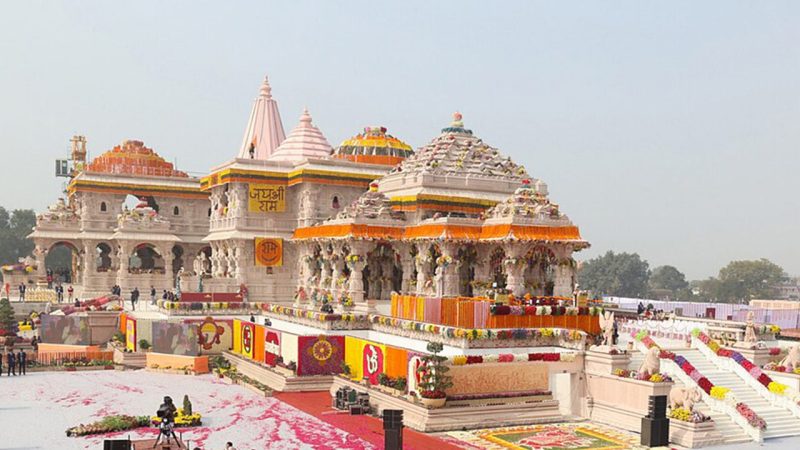In India, if you’re poor, you’re also expected to prove it multiple times, with different documents, in different offices, often to different people who decide whether you deserve help. One misstep, and you’re locked out. That’s the real story behind most of India’s welfare architecture. Though our welfare state is robust, expansive, and even generous on paper with ₹5.4 lakh crore spent in FY 2023-24, it remains a maze for economically disadvantaged populations, guarded by officials who delay, demand, or deny.
As of 2023, 4.5 crore eligible people were excluded from the Public Distribution System due to outdated population data. In Bihar, over 12 lakh elderly applicants waited years for pensions. Over 14 crore migrant workers nationwide struggle to access entitlements like ration cards or Ayushman Bharat due to domicile-based rules (India Migration Now). Only 2% of transgender individuals surveyed had all three key documents: Aadhaar, ration card, and caste/income certificates (NCTP, 2022). So, if you’re a Dalit widow without a ration card, a migrant without a permanent address, or a young trans person without certificates, the state has already written you out of its script.
Welfare As An Exclusion Game
“Targeted welfare” often functions as an exclusion engine. While it’s meant to ensure benefits reach the most deserving, in reality, it forces people to chase endless paperwork only to face denial without the right connections. This system punishes the very marginalised it claims to help, rewarding those with time, literacy, and access. It fuels corruption and casteism by putting power in the hands of gatekeepers.
Here’s where universal policies come in, not as a utopian ideal, but as a practical fix. Universal welfare schemes work because they are simple, automatic, and free of discretion. When every child in a government school gets a hot meal or every low-income family receives subsidised food grains, there’s no need to prove hardship. The benefit arrives without bias. Tamil Nadu’s Mid-Day Meal Scheme and Chhattisgarh’s PDS are prime examples.
Delhi’s free electricity scheme extended this principle, offering 100% subsidy up to 200 units and 50% up to 400 units. It benefited over 36 lakh households by 2024. By keeping access automatic and within defined limits, it minimised exclusion, leakage, and corruption. The free bus ride scheme for women in Delhi, launched in 2019, followed the same logic. No income or caste checks, just a pink ticket. It improved access to education, work, and public spaces for lakhs of women.
But this is changing. The BJP government plans to replace the pink ticket with a lifetime pass requiring proof of Delhi residency, excluding migrant workers, students, and the undocumented. It adds bureaucratic hurdles and assumes that everyone has digital access. Similarly, Ayushman Bharat, despite its goals, often excludes those most in need due to strict eligibility norms, disqualifying families for owning basic assets or earning modest incomes – as a result, disproportionately excluding slum dwellers, rickshaw pullers, and informal workers, the very groups the scheme was meant to protect.
Not A Handout To The Rich
The wealthy of Delhi will never queue for a free bus ride, worry about their electricity bill, or send their children to a government school. And that’s precisely the point. Let’s be clear: universal welfare isn’t a handout to the rich, it’s a lifeline to the rest. In a country shaped by caste, class, and centuries of systemic neglect, well-designed universal policies are how we begin to level the ground.
Universal schemes don’t mean treating everyone the same; they mean no one is left behind. They replace the current system that forces one to constantly prove their poverty, cutting corruption not through surveillance but by removing bureaucratic hurdles.
So, before debating the “fiscal risks” of universal schemes in air-conditioned rooms, policymakers should visit a ration shop in rural Bihar or a pension queue in urban Rajasthan and ask the women how many forms they filled, how many times they were turned away, and how often they needed a bribe to be heard.
The Hidden Costs Of Targeting
Targeting in social protection is often promoted as a cost-saving measure, but it can be costly and inefficient for both beneficiaries and governments. According to the World Bank in India, the Targeted Public Distribution System (TPDS) suffers from high inclusion and exclusion errors. Similarly, social pension programmes involve complex manual verification processes that not only drive up administrative costs but also exclude many eligible elderly individuals. We read innumerable stories of the elderly being denied pension because their biometrics did not match. Research has shown that targeted welfare has repeatedly failed the marginalised, and how, at the same time, governments end up spending 10-15% of their budgets on the targeting of beneficiaries.
Targeting systems impose hidden costs on both governments, in terms of administration and inefficiencies, and beneficiaries, in the form of time, effort, and access barriers, while yielding only marginal fiscal savings. Recent evaluations as well by the World Bank in 2020 and J-PAL in 2023 increasingly support simpler universal or categorical models as more cost-effective and equitable alternatives.
Why Better Data Must Go Hand in Hand
Identifying individuals or families in need of government welfare is a persistent challenge, particularly in India, where over 90% of the workforce is in the informal economy, with unstable, underreported incomes and no formal contracts or social security (Periodic Labour Force Survey, 2022-23). Many rely on informal jobs or social networks for support.
This challenge is compounded by outdated welfare data, such as the 2011 SECC, which leaves significant gaps in identifying poverty. A 2024 report by the Indian Statistical Institute found that over 34% of poor households were excluded from key welfare schemes like PMAY and NFSA due to targeting errors (ISI, 2024). This makes accurate poverty targeting difficult, resulting in millions falling through the cracks.
The Missing Political Will
An Indian citizen’s trust in welfare delivery and the state is bound to decline without honest governance. As Babasaheb Ambedkar said, “However good a Constitution may be, if those who are implementing it are not good, it will prove to be bad.” This highlights the central argument of this article: even the best welfare policies fail without the will to act.
Policymaking and politics are inseparable. Policy decisions are influenced by ideological leanings, public sentiment, electoral pressures, and special interests. Despite competing agendas, the goal remains equity-based development, which requires legitimacy not just from the top but from the trust of those governed.
India doesn’t need more layers of targeting or tech-driven filters; it needs political will to trust its people. A shift from conditionality to compassion, from discretion to dignity. Because poverty doesn’t come with a certificate, and dignity shouldn’t require one.
(Eeshna Gupta is a social worker and public policy practitioner. Reena Gupta is an economist, advocate, secretary of Aam Aadmi Party, Delhi and former advisor to the Delhi government.)
Disclaimer: These are the personal opinions of the author







